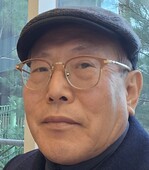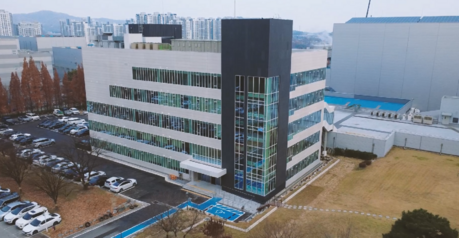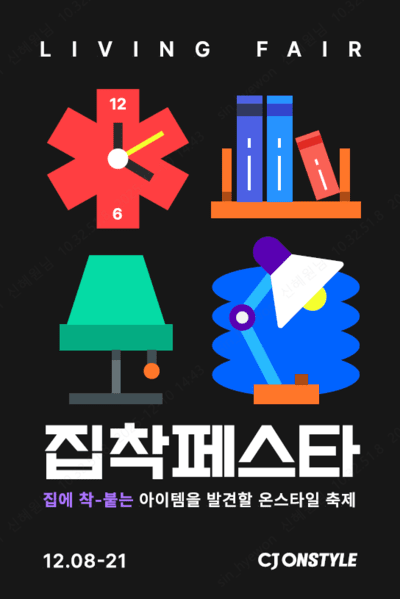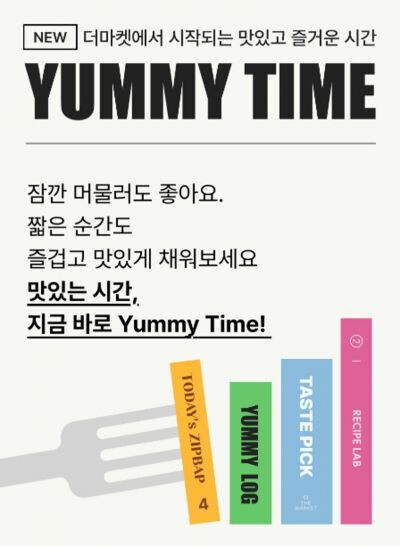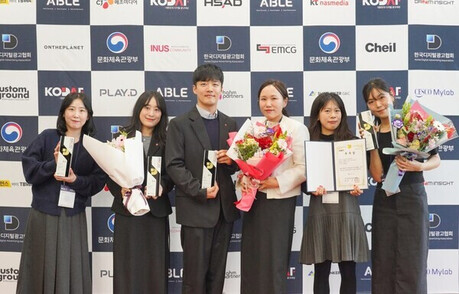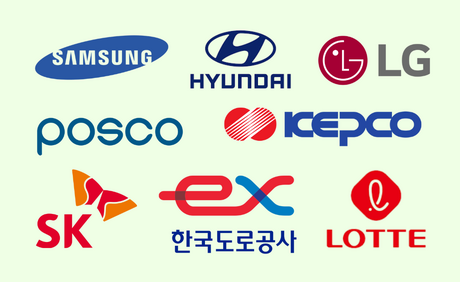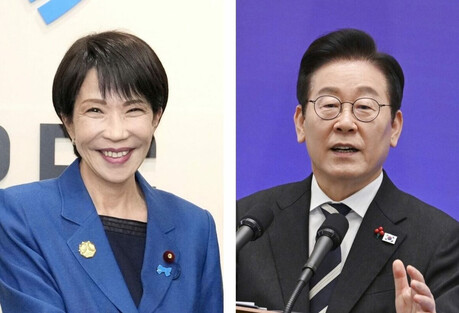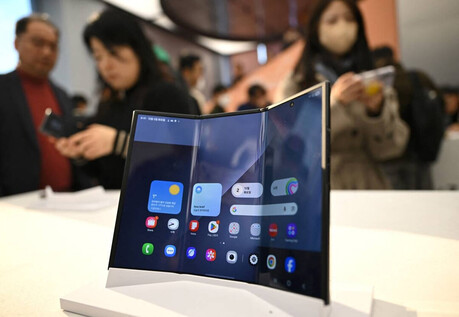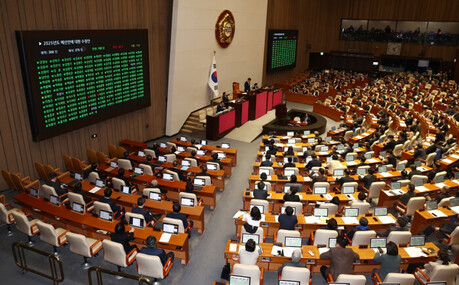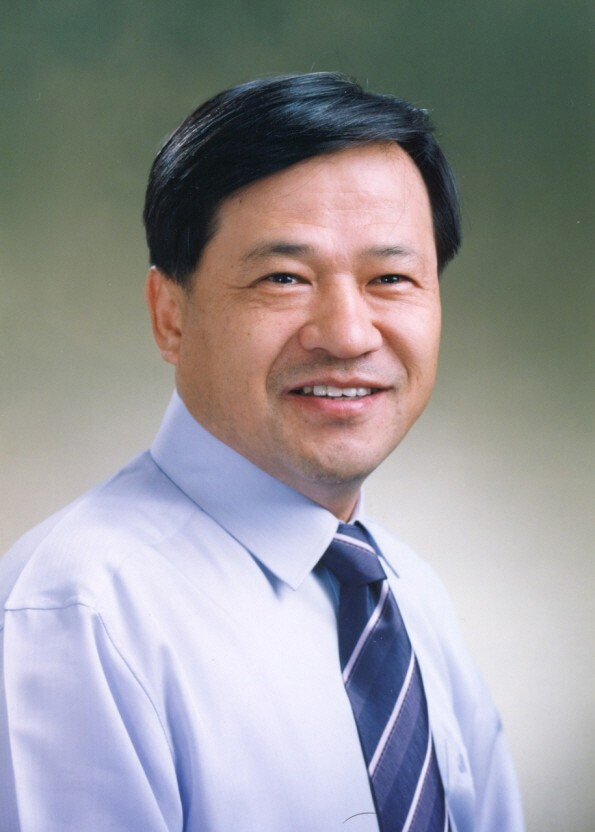
Director Min Byeong-moo de la Clínica Oftalmológica Daejeon Woori
Myopia, or nearsightedness, has become a global epidemic, particularly among children in East Asia, including Korea, China, and Japan. The condition, characterized by the inability to see distant objects clearly, is often linked to excessive near work and genetic factors. While eyeglasses and contact lenses can correct vision, they do not address the underlying cause of myopia progression. Recent advancements in ophthalmology have led to the development of effective treatments to slow down or halt the progression of myopia in children.
The axial length of the eye, the distance between the cornea and the retina, is a key factor in myopia. In East Asians, the eye tends to grow longer over time, causing light to focus in front of the retina rather than on it. This leads to nearsightedness.
Low-dose atropine eye drops have emerged as a promising treatment for myopia control. By relaxing the ciliary muscle, atropine slows down the elongation of the eyeball, thus preventing myopia from worsening. Clinical trials have shown that low-dose atropine can effectively reduce myopia progression in children.
However, the optimal concentration of atropine and the most effective administration method have been subjects of ongoing research. While low-dose atropine (0.01%, 0.025%, 0.05%) has been approved in many countries, higher concentrations have been associated with side effects such as blurred vision and sensitivity to light.
A recent study published in the Journal of Clinical Medicine introduced a novel approach: monocular alternating atropine therapy. This method involves administering atropine to one eye on alternate days, minimizing side effects while maintaining efficacy. This approach has shown promising results in clinical trials and has gained significant attention in the ophthalmology community.
Conclusion:
The development of monocular alternating atropine therapy represents a significant breakthrough in the management of myopia in children. By slowing down the progression of myopia, this treatment can help prevent serious vision complications later in life. While further research is needed to fully understand the long-term effects of atropine, this treatment offers hope for millions of children worldwide who are at risk of developing myopia.
[Copyright (c) Global Economic Times. All Rights Reserved.]















